Themen des Fachgebiets
Nichtgestaltung als Prinzip
- Gibt es Gestaltungsprinzipien der Nichtgestaltung?
- Wie sehen Objekte oder Räume aus, die nicht durch professionelle Raumgestalter wie Stadtplaner, Architekten oder Designer entstanden sind?
Art der Arbeit:
Raumtheoretische und typologische Analyse selbständig erarbeiteter künstlerischer Bestandsaufnahmen und visueller Feldforschungen.
Als Ergebnis wird ein schriftlicher Teil und ein praktischer Teil im Sinne einer eigenen künstlerischen/wissenschaftlichen Arbeit und Auseinandersetzung mit dem Thema erwartet. Der praktische Teil kann aus der Empirie entstehen, in dem beispielsweise Fotografien zu einer künstlerischen Serie werden oder aus Videoaufnahmen ein künstlerischer Film entsteht. Die Form der Präsentation variiert im Einzelfall und ergibt sich aus dem Prozess der Arbeit.
Beispiele:
- Anonyme Bauten und vernaculäre Architekturen
- Migration und Raum – neue Typologie von Architektur, Stadt und Raum
- Räume und ihre ausschließliche funktions-und zweckbezogene Einrichtung
- Labor und Atelier – Räume der Kreativität in Wissenschaft und Kunst
- Altbauten mit coolen „modernen“ Innenausbauten versus moderne Bauten mit historisierenden „gemütlichen“ Inneneinrichtungen
- Die Ästhetik der Sicherheit – Wie beeinflussen Architekturen der Sicherheit, wie mobile Poller, Fahrzeugsperren und Betonkuben, unser Stadtbild und unsere ästhetische Wahrnehmung des urbanen Raumes?
Die Kreative Stadt
- Umnutzung von Räumen
- Zweckentfremdung als Motor kreativer Energie
- Kritische Analyse der Zwischennutzung als Motor der Spekulation und Gentrifizierung
- Wo ist die Hans Scharoun Bar hin?
- die Fasanenstrasse 26, Bar und Galerie von Ralph Bremer
- Hans Scharoun Wohnung, ein Konzept von Wohnen und Arbeiten
PhD Kanditat*innen / candidates
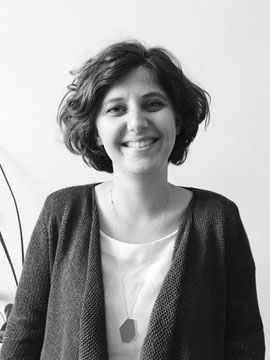
Damla Duru‘s research mainly aims to clarify the actor position of urban space in body-space relations. Citizens are one of the main characters in the urban dialog. In this research the concept of body is chosen to define the citizens, users or experiencers. Body is a subject; because it creates a new and idiosyncratic physical world by its own sensations and feelings. At the same time body is an object; thus all control mechanisms of the city’s authority’s function using body as an object. The trace of this ambiguity situation between being a subject or an object could be observed in the public spaces of the city; hence some urban interventions, which can be defined as public art, are ways to make this shifting visible. In this research, the contemporary public art is revealed as a kind of catalyser to change the position of the body in daily life and the research will discuss the position of the urban space in this shifting process.
damla.duru@campus.tu-berlin.de
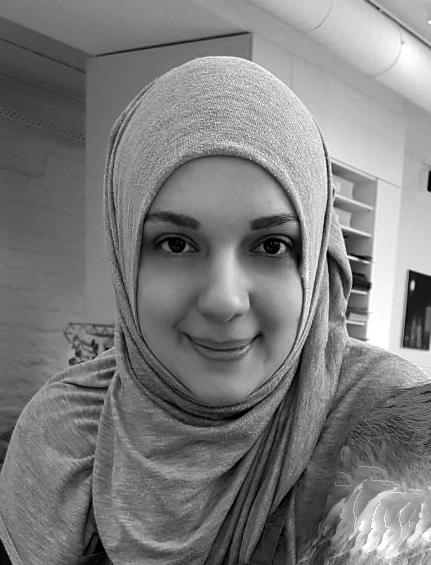
Ferihan Yesil – „Home sweet home“. Zum Lebensraum als Heimat. Über die Rolle der Architektur und der Stadt in der Erzeugung von Heimat – anhand des Beispiels türkischer Migranten in München ab 1955.
Das Phänomen Heimat ist komplex und bedarf diverser Definitionen.
Ist es ein Zimmer, ein Haus, ein Milieu? Welche Rolle spielt der Raum? Wie viel Verantwortung trägt die Architektur bei der Heimatbildung?
Das Dissertationsprojekt beschäftigt sich mit elementaren Definitionen zu den Begriffen Lebensraum und Heimat, wobei es auch darum geht, Innenraum zu denken.1 Methoden der Raumaneignung, des Erschließens und des innigen Durchlebens von Räumen werden behandelt. Anhand leitfadengestützter Interviews und fotografischer Feldforschung wird – basierend auf dieser Untersuchung – der Frage nachgegangen, wie sich Migranten speziell Architektur aneignen. Wie wurden vorgegebene Räume und Objekte in Vertrautes umgewandelt? Hierfür werden türkische Migranten herangezogen, die ab 1955 ihren gewohnten Lebensraum verließen und sich in München „einzunisten“ versuchten. Ob und wie der Aufbau einer neuen Heimat gelungen ist, wird anhand dieser Fallstudie erörtert. Spezielle Bedeutungswelten der Akteure zu Symbolen, Festen, Architekturen, Einrichtungen sowie habituelle Gewohnheiten werden analysiert. Die ausgewählte Migrantengruppe wird gewöhnlich als Problemfall betrachtet. Die erste Generation selbst beschreibt ihre Migration oft mit einer nostalgischen Dramaturgie. Diese soll überwunden werden. Durch eine beobachtende Teilhabe werden implizite Strategien der Heimatbildung untersucht. Die in der Soziologie diskutierte „Hybridität“ sowie der „Synkretismus“2 soll sich auch in der Architektur- und Lebensraumaneignung abzeichnen. Die Ergebnisse dieser polymethodischen und interdisziplinären Forschung werden allgemeine Konsequenzen für Architektur, Städtebau, Politik, Integration und Migration beleuchten.
1 Sloterdijk, P.: Sphären I. Blasen. Frankfurt am Main 1998. S.83.
2 Yildiz, E.: Die weltoffene Stadt. Wie Migration Globalisierung zum urbanen Alltag macht. Bielefeld 2013. S. 36.
ferihanyesil@gmail.com
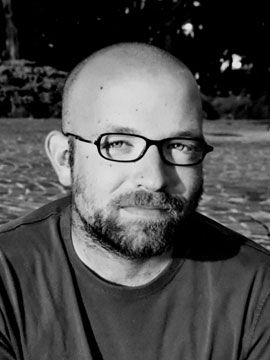
Johannes Rigal‘s project „Street Photography – Actors, Contents and the Search for Images of the City in a Post-Photographic Practice“ approaches „Street Photography“ as an important contemporary phenomenon. A phenomenon that is highly referential towards the history of photography and that is based on photography’s relationship to the urban space. A phenomenon that is currently shaping how photography is conceived, produced and received within a contemporary society shaped by social media and that is increasingly and at least seemingly open/unrestricted in terms of art and media-production. Therefore, the aim of this dissertation is to study the urban space, its inherent processes and structures as represented through a set of practices incorporated in what has been summarised under the term „Street Photography“. A main focus is to explore the use of photography (today) and its role in creating an „image of the city“ and in filling the urban with meaning.
I aim to investigate „Street Photography“ as a set of aesthetic, methodological and ideological rules.
With its temporary focus on the development of „Street Photography“ – as the term is used today – the project aims to provide insights into the development of a – visually and methodologically – very specific kind of photography. Results from the project will answer the question if „Street Photography“ is and was primarily concerned with specific cities and therefore also includes social, political and economic aspects of certain localities or if it is mostly treating the urban space in terms of a generic city, independent of local circumstances.
johannes.rigal@gmail.com
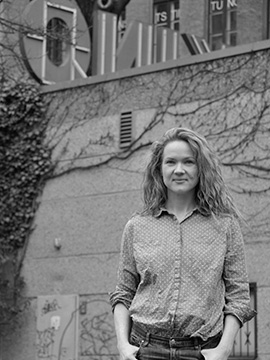
Berit Hummel – TAKING OVER THE CITY. Kinematographische Praktiken und urbaner Wandel im New York der 1960er Jahre
Das Dissertationsprojekt untersucht, welche Räume durch künstlerische Praktiken generiert werden und in welchem Verhältnis diese zu ihrem urbanen Umfeld stehen. Ausgehend vom epistemologischen Dispositiv des Kinos stellt sich die Frage, wie sich die Wahrnehmung der Stadt, als zentraler Gegenstand filmischer Darstellung, durch ihre Bildwerdung neu strukturiert. Anhand des New Yorker Avantgarde- und Underground-Kinos zwischen 1959 und 65 wird untersucht, auf welche Weise in einem auf neue Formen und Inhalte zielenden, experimentellen Umgang mit dem Medium zu Zeiten eines als paradigmatisch betrachteten sozialräumlichen Wandels, massen- wie subkulturelle Darstellungen und Vorstellungen verarbeitet werden.
Aus produktionsästhetischer Perspektive wird der historische und soziokulturelle Kontext des radikalen urbanen und gesellschaftlichen Wandels in Bezug zu den künstlerisch-filmischen Praktiken gesetzt. Gegenstand der Untersuchung ist demnach sowohl die Art und Weise, in der die Stadt in den Filmen repräsentiert wird als auch der soziale Raum, der durch die Verbreitung dieser Filme entsteht. Die Filme und das mit ihrer Herstellung und Verbreitung verbundene Milieu geben hier nicht nur Auskunft über die Wahrnehmung urbanen Wandels, sie machen vielmehr, so die These, die durch diesen Prozess entstehenden Räume sichtbar. Kino wird in diesem Zusammenhang verstanden als eine symbolische Praxis, die einerseits das durch die Wandlungsprozesse alltäglicher städtischer Umgebung Verdrängte sichtbar macht und dabei gleichzeitig ein neues Bild dieser Realität hervorbringt.
berit.hummel@metropolitanstudies.de
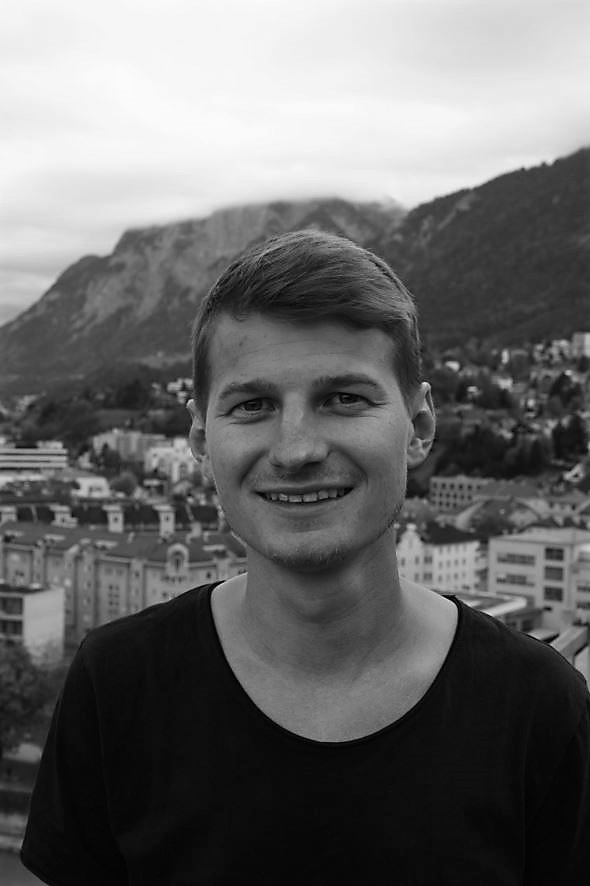
Claudius Ströhle is engaged in the research project “Follow the Money. Remittances as Social Practice” which examines the history and present of remittance exchange within Austria and Turkey. In the 1970s, young men and women left the region of Uşak in the West of Turkey due to economic forlornness and thirst for adventure. Many came to the rural area of Stubai Valley in Austria to work in the iron processing industry and tourism. Today, approximately fifteen per cent of the inhabitants in Stubai Valley have family ties to the region of Uşak. A vivid exchange of remittances, i.e. the sending and receiving of money, daily objects, presents but also norms, ideas, values, habits and social capital (Levitt 2001, Levitt/ Lamba-Nieves 2011, Nowicka/ Šerbedžija 2016) opens up a dynamic transnational social space. By applying an ethnographic approach, which means to accompany the actors in their everyday lives in Austria, Turkey and beyond, the study aims to focus on the materializations and functions of remittance practices. Hereby, money sent, houses built, objects swapped and materials used can give us deepened insights into political transitions, remittance landscapes (Lopez 2015), transnational lifestyles, migration trajectories and retirement plans.
claudius.stroehle@uibk.ac.at

Andreas Gürich untersucht in seinem Dissertationsprojekt interdisziplinär die „Architekturen der Sicherheit – Die Sichtbarkeit der Unsicherheit“.
Als Architekturen der Sicherheit lassen sich Objekte und bauliche Anlagen bezeichnen, die öffentlichen Raum in innen- und außenliegende Räume trennen und die Menschen schützen sollen. In den vergangenen Jahren entstand das Phänomen, dass immer mehr öffentliche Plätze und Veranstaltungen z.B. durch Betonkuben geschützt werden sollten, ohne dass ein breiter gesellschaftlicher Diskurs um diese Architekturen stattfand. Die Gestalt und Form dieser Architekturen ergeben sich primär durch den Nutzen, ohne dass sie selbst Gegenstand einer Gestaltung wären, wobei sie die ästhetische Wahrnehmung des Stadtbilds bereits stark beeinflussen. Ziel dieses Forschungsvorhabens ist es, Erkenntnisse zu sammeln über den Einfluss von Architekturen der Sicherheit auf die Wahrnehmung des Stadtraums und darüber, wie sich das Sicherheitsempfinden durch die Präsenz dieser Architekturen in Relation zum tatsächlich geleisteten Schutz verändert hat. Dabei sollen mittels visueller Feldforschung bestehende Architekturen der Sicherheit kategorisiert und anschließend künstlerisch sowie (ingenieur-) wissenschaftlich analysiert werden. Erstellt wird eine Typologie/Methodik, die Akteure bei der Entwicklung und Planung derartiger Architekturen unterstützt. Grundlage für dieses Projekt ist der interdisziplinäre Ansatz zwischen Kunst und Technik sowie die Kooperation zwischen der Technischen Universität (TU) Berlin, der Beuth Hochschule für Technik Berlin und Anwendern von Architekturen der Sicherheit.
Weiter zur Projektseite
guerich@tu-berlin.de
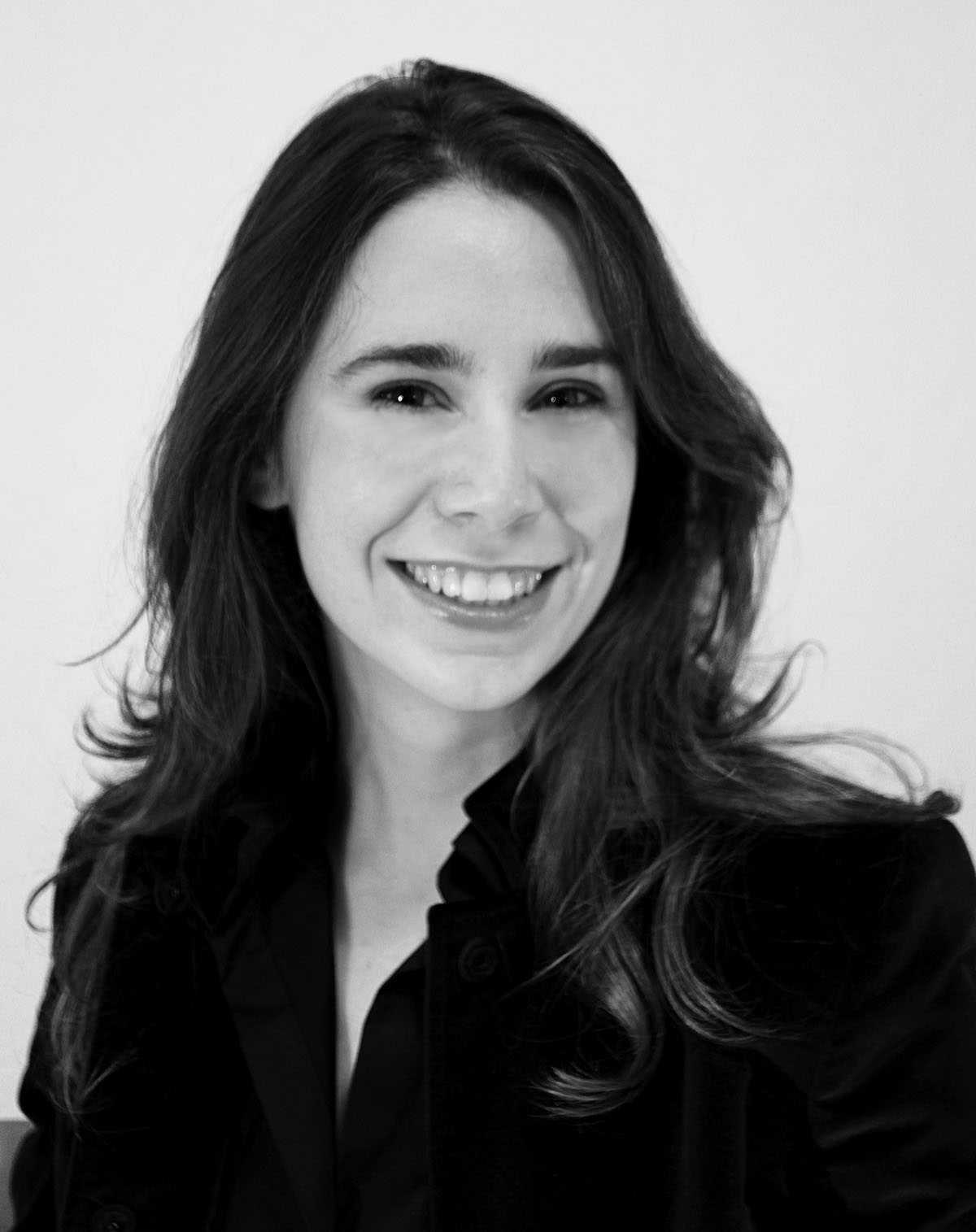
Aysegül Dinccag – LOCAL IDENTITY IN A GLOBAL AGE – CASE STUDY : IMBROS – GÖKÇEADA
The research explores the transformation of local identity in relation to regional architecture on the former Greek island of Imbros (Gökçeada) in Turkey. It aims to understand the architectural implementations of the social transformation of a rural community in a global age. The fact that the structural evolution of the traditional ‘Imbriotic house’ has been interrupted by unfortunate state violence appears today as a chance for the islanders to consider their heritage critically, and to apply a self-conscious reconstruction of their old houses in today’s reality of the island.
Examining how traditional houses are ‘modernized,’ this poster tries to capture the transformation of the built environment in its cultural and historical context, focusing on the 3rd generation newcomers of Greek community. Analysing the spatial changes on the typologies and the constructional adaptation of traditional houses in line with the changing needs of its dwellers, this thesis aims to understand which architectural components of the Imbriotic house are kept and/or changed in order to preserve the “local identity” in today’s regional houses.
Concerning the future of the heritage of Imbriotic houses, the main research question is, “How can ‘regional architecture’ be used as a critical tool to reflect the tempo-spatial reality and its transformations of a specific place in a global age?”
The research is based on ethnographic field research, which yielded qualitative data from oral narratives and participant observations. The poster will represent three reconstructed houses and their stories of the interdisciplinary case study.
Abgeschlossener / completed PhD

Alex Gross – Gehen im Matsch. Materialismus, Akzidenz, Unfall in Kunst und Ästhetik 1921 – 1971
Anhand von Fallbeispielen partizipativer Aktionen der Pariser Avantgarde und der Land Art wird das Gehen im Matsch und der damit verbundene Moment des Unfalls, im Spannungsfeld zwischen altem und neuem Materialismus verhandelt. Eine Schlüsselfigur spielt dabei der französische Schriftsteller und Philosoph Georges Bataille dessen Werk, so meine These, eine Brücke hin zum Diskurs des Neuen Materialismus schlägt.
Alex Gross – Walking on Muddy Ground. Materialism and Accident in Art and Aesthetics 1921 – 1971
Based on an examination of case examples from the Parisian Avant-Garde and Land Art ; this phd addresses the notion of accident linked to the participatory action of walking in the mud and renegotiates it within the area of tension between old and new materialism. As key figure the French writer and philosopher Georges Bataille is put into play, who, following my thesis, erects a bridge towards the discourse of new materialism.
a.gross@tu-berlin.de
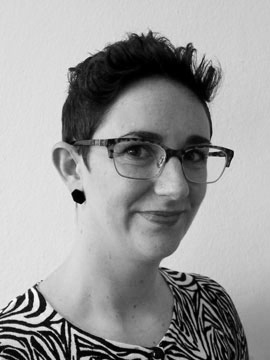
Kate Brehme – Imagining Berlin: the temporary use of urban space by The Berlin Biennale for Contemporary Art
Biennales across the globe are often charged with the task of responding to a city’s changing urban situation (Hanru 2005; Doherty 2004). Unlike most west-European biennales, The Berlin Biennale for Contemporary Art distinguishes itself as a fascinating case study for investigating the relationship between architecture, contemporary art and the identity of the city. Founded during the 1990s, a period that saw rapid urban development on a monumental scale (Huyssen 1997; Till 2005), the Biennale has always dealt with, and is still influenced by the kind of accelerated and ongoing urban change unique to Berlin. Throughout its history, the Berlin Biennale has used non-traditional venues such as abandoned offices, apartments, schools, city streets, and even cemeteries for its exhibitions; sometimes out of a desire to connect to the city’s past, sometimes out of sheer necessity to meet exhibition requirements. The temporary use of these urban spaces has become a significant part of the Biennale’s production process and its very identity, with the Biennale priding itself on creating a dialogue with the city. I argue that the city of Berlin becomes a contested ground where the “international cultural metropolis” is imagined differently by the Biennale’s various creators. This research will explore the history of the Berlin Biennale for Contemporary Art from its foundation in 1996 to the present day focusing on the temporal nature of both it and the changing urban fabric of the city of Berlin in order to investigate how and why certain spaces in the city are deemed desirable as exhibition venues.
kate.brehme@metropolitanstudies.de
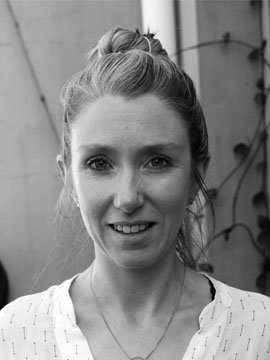
Christian C. Williams is a doctoral candidate in the Critical Spatial Thinking: Narrative Space and Performative Practice joint PhD program run by the University of Technology Sydney and the Technische Universität Berlin. Her thesis topic, City of Signages: How the Spatial Fabric of Signage Stages the Urban Environment, explores the role of vernacular contiguous signage as a device of self-representation in the entrepreneurial logic of the contemporary urban landscape. The study also examines the place of signage within the history of surface and ornamentation in spatial and architectural theory from the 1850s to the present day.
Christian.C.Williams@student.uts.edu.au
